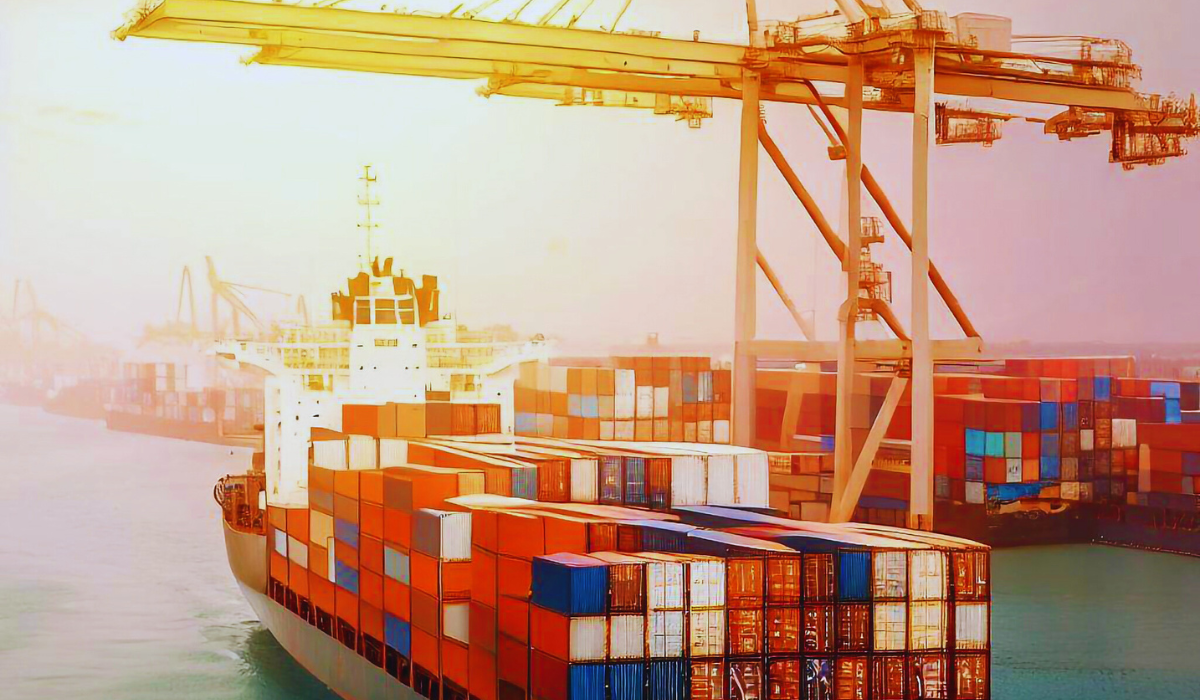In the global seafood industry, maintaining product quality from source to destination is vital. One essential element ensuring this quality is the fish transport container. Designed to maintain freshness, prevent contamination, and reduce spoilage, these containers are the backbone of cold chain logistics in the seafood sector. As consumer demand for fresh fish continues to grow, especially in urban markets far from coastal areas, the importance of reliable fish transport solutions is becoming more evident.

The Growing Demand for Efficient Fish Transport Solutions
The global seafood market has seen a significant surge in recent years. With this growth comes the responsibility to maintain the freshness and safety of fish products during transit. Whether it’s freshly caught tuna from the North Sea or farm-raised tilapia in Southeast Asia, effective transport methods are crucial.
The fish transport container serves not only as a physical structure for holding fish but as a technological asset engineered to control temperature, resist leakage, and provide easy handling during shipping.
Key Features of a Modern Fish Transport Container
A high-quality fish transport container must meet several performance criteria to be suitable for the demanding conditions of the seafood logistics chain:
Thermal Insulation: Preserving low temperatures is vital. Containers are now designed with polyurethane or expanded polystyrene insulation to ensure fish remains chilled for extended periods.
Waterproof and Leak-proof Materials: Containers must resist internal moisture from ice melt and external elements like rain or sea spray.
Durability: The container must withstand rough handling, stacking, and frequent washing without degrading.
Hygienic Design: Smooth surfaces, drainage holes, and food-safe materials make cleaning easy and reduce the risk of bacterial contamination.
Stackability and Portability: Containers should be easy to stack and move using forklifts or manual trolleys to speed up operations.
These features form the baseline for companies manufacturing containers used in both short-range inland deliveries and long-haul marine transport.
Types of Fish Transport Containers
Fish transport containers come in several forms depending on the type of fish, distance, and mode of transport involved.
1. Insulated Polybox Containers
These are popular for transporting smaller batches of fish, especially in local markets. Lightweight, stackable, and insulated with foam materials, they maintain freshness over short distances.
2. Roto-Molded Containers
These heavy-duty containers are made using rotational molding processes that provide superior durability. They are commonly used by exporters for shipping fish internationally.
3. Refrigerated Shipping Containers
Also known as reefer containers, these are used for transporting bulk quantities of fish over long distances, often by sea. Integrated refrigeration systems allow precise temperature control, making them ideal for frozen fish or long-duration transport.
4. Live Fish Containers
Used primarily for transporting ornamental fish or aquaculture products, these containers are fitted with oxygenation systems and water filters to keep fish alive during transit.
Industry Applications of Fish Transport Containers
The use of fish transport containers spans several industries and sectors:
Aquaculture Farms: These rely on containers to move harvested fish to processing plants or distribution hubs.
Exporters and Importers: International seafood trading is only possible with reliable transport solutions that comply with regulatory standards.
Restaurants and Retail Chains: Businesses delivering fresh or frozen fish to supermarkets or fine-dining establishments depend on these containers to maintain quality.
Fisheries: At the very first point in the seafood supply chain, coastal fisheries use insulated boxes to preserve freshness from catch to shore.
Sustainable Materials and Design Improvements
As sustainability becomes a global focus, the design of fish transport containers is also evolving. Manufacturers are now:
Using recyclable plastics to reduce environmental impact.
Incorporating solar-powered tracking systems for better temperature monitoring.
Designing modular containers to reduce space wastage during return trips.
Employing smart seals and tags to improve supply chain traceability.
These innovations not only support environmental goals but also boost operational efficiency by reducing waste, improving hygiene, and increasing the shelf life of the product.
Compliance and Safety Standards
To be suitable for commercial use, fish transport containers must comply with food safety regulations and logistical standards. Many exporters adhere to:
HACCP (Hazard Analysis and Critical Control Points)
EU food safety certifications
ISO 9001 and ISO 22000 standards
These certifications ensure the container design supports safe handling and storage of fish, particularly in transit where multiple risk points exist.
The Role of Yankel UK in Enhancing Seafood Logistics
Yankel UK, a recognized player in the container logistics sector, contributes to the seafood industry by offering efficient transport solutions tailored for perishable goods like fish. Through innovation, customization, and a strong logistics network, companies like Yankel UK enable smoother supply chains from sea to store.
By understanding the specific requirements of fish transport—from insulation levels to stackable designs—Yankel UK provides solutions that reduce spoilage, improve handling, and meet global compliance benchmarks.
Challenges and the Road Ahead
Despite improvements, the industry still faces some challenges:
Rising Fuel and Shipping Costs: These increase the overall price of transporting fish and require more efficient container systems to offset cost.
Regulatory Changes: Different countries have different import regulations, making standardization a challenge.
Temperature Fluctuations: In long-haul transport, ensuring consistent internal temperature is a constant battle.
To overcome these, the future lies in smart containers, automation, and AI-assisted monitoring systems that alert handlers in real time about potential breaches or risks.
Final Thoughts
The fish transport container plays an irreplaceable role in global food supply chains. As consumer expectations rise and regulatory requirements become stricter, the industry must continue to innovate in design, materials, and functionality. Whether it’s through improved insulation, sustainable production, or digital monitoring, these containers are shaping the future of seafood logistics.
By aligning with innovative providers like Yankel UK, businesses can ensure that their seafood reaches its destination in optimal condition—fresh, safe, and ready for the plate.